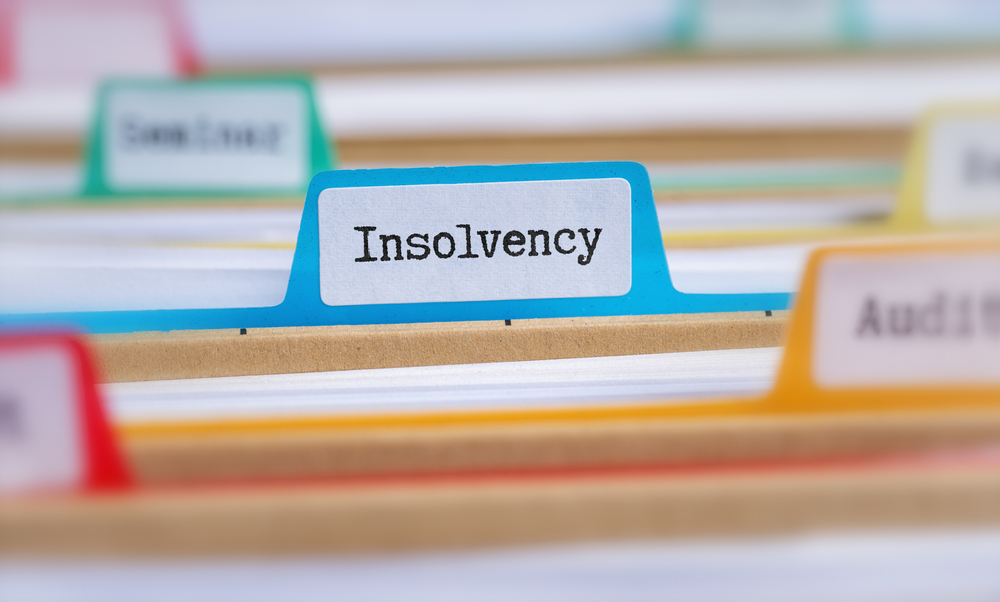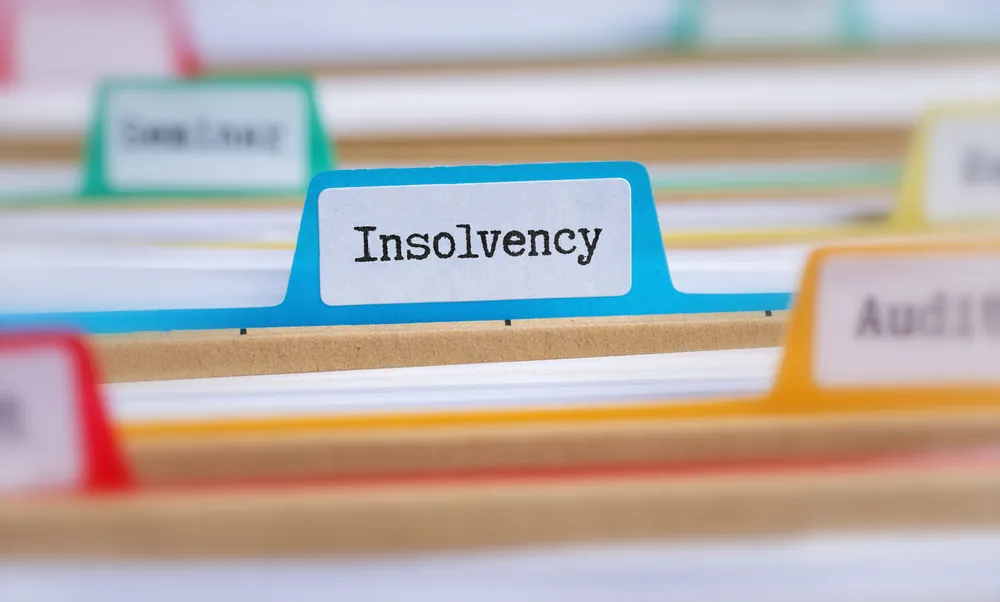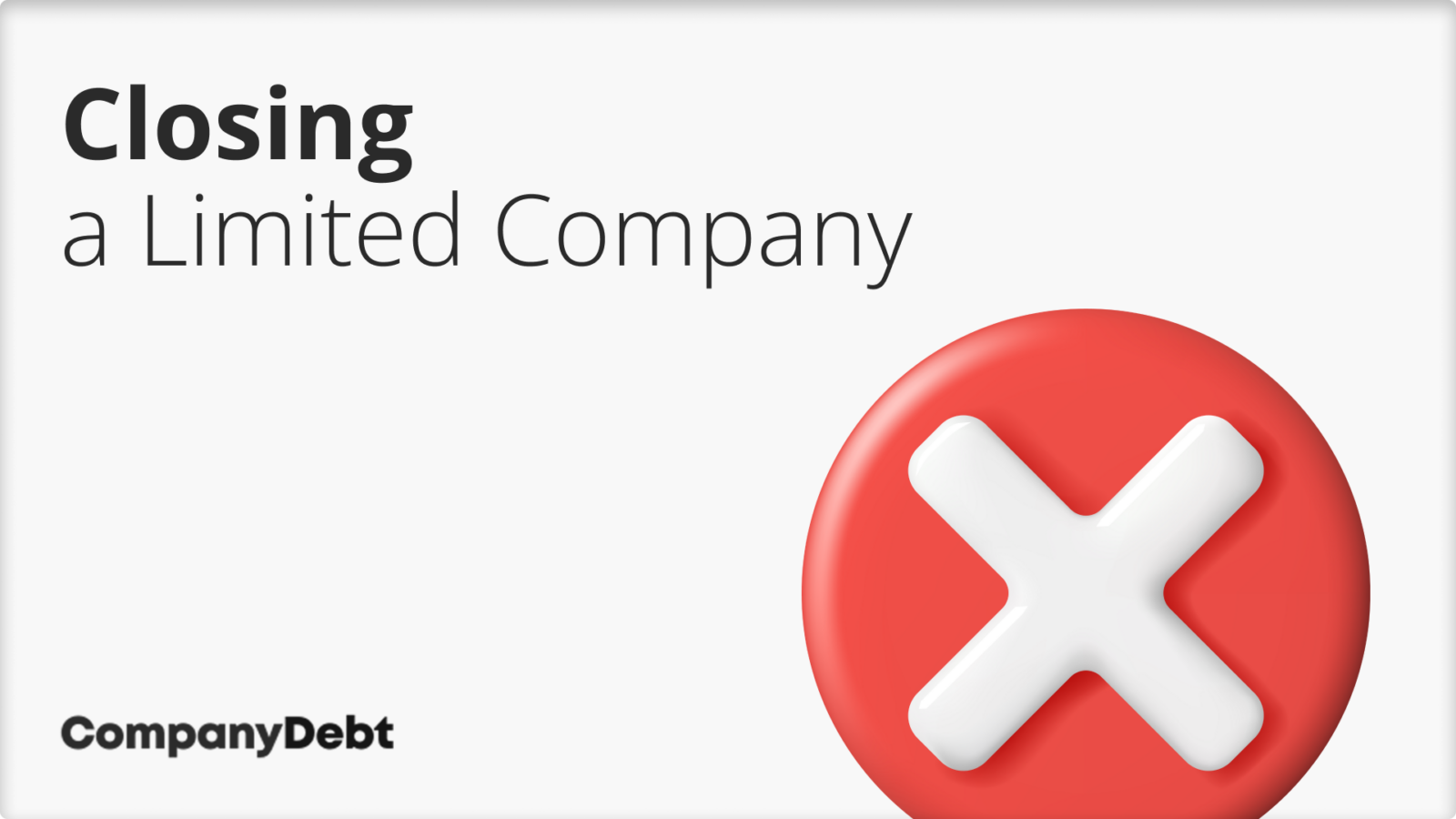
What Does It Mean When a Company Has Ceased Trading?
Understanding the process and implications of a company ceasing to trade or closing down its business operations.
Understanding the Concept of Ceasing Trading
When a company ceases trading, it stops conducting its regular business activities. This means it no longer sells goods, provides services, or engages in commercial transactions. It’s important to understand that ceasing trading doesn’t automatically mean the company has closed or become insolvent.
A company that has ceased trading remains a legal entity subject to ongoing statutory obligations, including, but not limited to, tax filings, creditor obligations, and director duties.
Whether you intend to resume operations later or move towards full company closure, understanding the implications of ceasing trading is essential for navigating this process effectively.
» MORE Get our Cease Trading Template Letter

Why Might A Company Cease To Trade?
A company might cease to trade for several reasons, each impacting its future operations and financial health:
- Financial difficulties: Insolvency or cash flow problems can make continuing operations unsustainable.
- Strategic decisions: Choosing to restructure, merge, or shift business focus might necessitate halting current trading activities.
- Regulatory or legal issues: Legal challenges or changes in regulations can make it impractical or impossible to continue trading.
- Market conditions: Shifts in demand, increased competition, or technological advancements can render a business model obsolete.
- Owner’s personal circumstances: Decisions like retirement or health issues may lead to the cessation of business activities.
What’s the Difference Between Ceasing Trading and Going Out of Business?
While the terms ceasing trading and going out of business are often confused, but they have different implications for you as a director.
Ceasing trading means your company stops its business activities, but it continues to exist as a legal entity. You’ll still need to:
- File annual accounts and confirmation statements with Companies House
- Maintain records
- Fulfil any ongoing contractual obligations
Creditors may pursue legal action to recover their money, particularly if they believe that the company’s management has acted improperly or fraudulently.
In contrast, going out of business typically refers to the complete closure of your company. This might involve formal liquidation or dissolution, after which the company ceases to exist legally.
Shareholders and investors often lose most or all of their investment, as they are last in line to receive any remaining assets after creditors have been paid. The value of the company’s shares typically drops to zero, and the company is eventually dissolved.
When you cease trading, you have the option to resume operations in the future. This can be beneficial if you’re restructuring or waiting for market conditions to improve. However, if you go out of business, restarting would require forming a new company.
Steps Involved in Voluntarily Ceasing Trading
When you decide to voluntarily cease trading, your next steps depend on your intentions for the company’s future. It’s essential to clarify these intentions before proceeding.
If you simply need a temporary break from trading, you can make your company dormant. This involves:
- Ceasing business activities
- Informing HMRC of your company’s dormant status
- Continuing to file annual accounts and confirmation statements
However, if your intention is to close the company permanently, you need to decide on the appropriate method. For both solvent and insolvent liquidation, there is a legal requirement to appoint a licensed insolvency practitioner to oversee the process.
If the company has no debts and assets below £25k, you can dissolve it yourself through a simple process.
Practical Steps for Directors
When you’ve decided to permanently close your company, you have three main options: Members’ Voluntary Liquidation (MVL), Creditors’ Voluntary Liquidation (CVL), or Dissolution. Here’s what you need to know:
- Members’ Voluntary Liquidation (MVL): Choose this if your company is solvent and you want to close it in a tax-efficient manner. This process requires a licensed insolvency practitioner. For more details, visit: https://www.companydebt.com/members-voluntary-liquidation/
- Creditors’ Voluntary Liquidation (CVL): This is the appropriate option if your company is insolvent and unable to pay its debts. An insolvency practitioner will handle the entire process, including dealing with creditors. Learn more at: https://www.companydebt.com/liquidation/creditors-voluntary-liquidation/
- Dissolution (Striking Off): If your company hasn’t traded for at least 3 months and has no significant assets or liabilities, you can apply for dissolution. This is a simpler process you can handle yourself. Find out more: https://www.companydebt.com/company-strike-off/
Remember, your duties as a director under the Companies Act 2006 continue until the company is formally dissolved or liquidated. We strongly advise seeking professional guidance to ensure you comply with all legal requirements throughout this process.
How can Creditors Make a Claim When a Business Has Ceased Trading?
Creditors can make a claim when a business has ceased trading by following these steps:
- Contact the company’s liquidator or administrator. These are the people responsible for winding up the company and distributing its assets to creditors. You can find their contact information on the company’s website or by calling the Insolvency Register.
- Submit a proof of debt form. This form will ask you to provide details of the debt, such as the amount owed, the date it became due, and any supporting documentation.
- Attend the creditors’ meeting. This meeting will be held by the liquidator or administrator to discuss the company’s financial position and to agree on a plan for distributing its assets. Creditors have a right to vote on the plan, and their votes are weighted according to the amount of debt they are owed.
- Receive payment. Once the plan has been agreed upon, the liquidator or administrator will begin distributing assets to creditors. The amount that each creditor receives will depend on the company’s assets and the amount of debt owed to all creditors.
If you are a creditor of a company that has ceased trading, it is important to act quickly. The sooner you submit your proof of debt form, the more likely you are to receive a payment. You should also attend the creditors’ meeting so that you have a say in how the company’s assets are distributed.
FAQs
Is a Company that has Ceased Trading the Same as a Closed Company?
Not necessarily. A company that has ceased trading has stopped its business activities but may still exist legally. A closed company has typically gone through dissolution or insolvency proceedings and no longer exists as a legal entity.
What Happens to Employees When a Company Ceases Trading?
Employees are often laid off when a company ceases trading, as the company can no longer afford to pay salaries or benefits. They may be entitled to certain payouts like redundancy payments, depending on the circumstances and applicable laws.
Can a Company Resume Trading After Ceasing?
It is technically possible but uncommon. Resuming trading would require a significant financial turnaround and would be subject to regulatory approvals, including settling any debts or legal issues.
What are the Legal Consequences for Directors?
Directors may be investigated to determine if they acted responsibly and ethically leading up to the cessation of trading. Legal action could be taken against them if they are found to have engaged in misconduct or fraud.
What are the Tax Implications for a Company that has Ceased Trading?
Tax obligations don’t disappear when a company ceases trading. The company must still file final tax returns and may have outstanding tax liabilities that need to be settled during the liquidation process.








